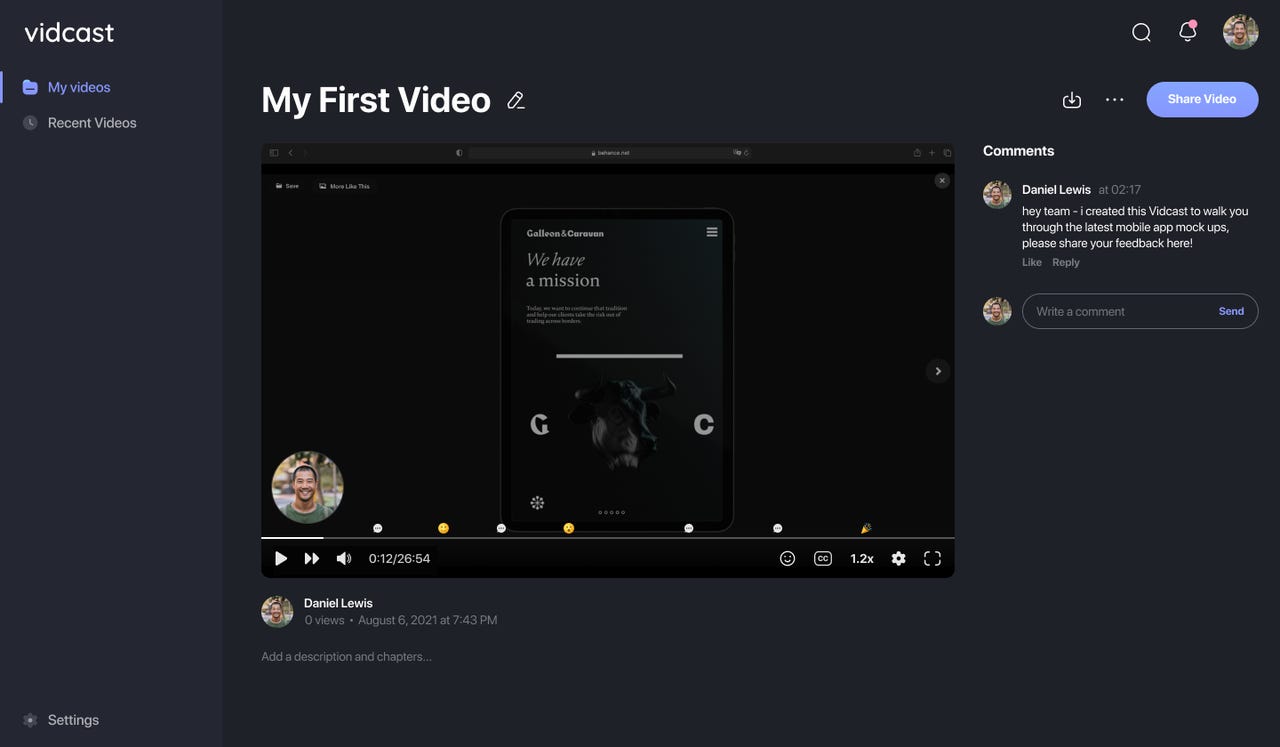Cisco launches a new accelerator program, Webex Leap


Cisco Webex is a behemoth in the crowded market for collaboration tools. While the brand itself is more than 20 years old, it's still one of the fastest-growing for Cisco. And there's no shortage of change within the Webex portfolio -- Cisco added hundreds of new features and revamped the suite in June.
Even so, there's no getting past the fact that innovation happens relatively slowly at larger companies. If there are novel ideas that emerge in the market, larger companies can afford to take a wait-and-see approach, with the capability to either acquire or simply imitate smaller competitors. The risk, however, is getting left in the dust by smaller, nimble companies. In the collaboration market, that's a risky move, given how quickly the space is growing. Gartner is predicting double-digit growth through 2022.
ZDNET Recommends
That's why Cisco is launching Webex Leap, a new accelerator program designed to surface breakthrough ideas and rapidly develop product innovations for Webex. The program, peopled with internal and external hires, is looking for ways to disrupt the collaboration space -- possibly even cannibalizing some of Webex's existing product line.
"Most big companies don't typically do that well," Omar Tawakol, Cisco VP and GM of Webex Growth, said to ZDNet. Tawakol is leading the accelerator program. "I felt that we could do more, outside of acquisition and investments -- more disruptive innovations that didn't fit into an existing product line."
The first product coming out of Webex Leap is an asynchronous video messaging tool called Vidcast. It lets users easily create short video messages, in which they can share their screens. They can easily share the video with other people, who can watch the video -- sped up by 20 percent -- when they have time. Viewers can also jump to different "chapters" of the message and leave reactions in the form of emojis, as well as written feedback.
Given that viewers can watch the video at any time at an increased speed, Tawakol said Cisco has dubbed it "better than real time." The product is a natural fit for the Webex portfolio, which aims to accommodate globally dispersed workforces, he said.
"We are reaching a point where people's calendars are highly taxed," Tawakol said. "And because of the global nature of our work, you're spending way too much time waiting. So I can tell you with certainty that there will be an asynchronous model that will disrupt the way we meet today."
Asynchronous video, he added, is "going to do to meetings what Slack did to email."
Vidcast videos are currently capped at 15 minutes, with a planned two-minute cap on video responses, to encourage succinct and productive communications. It's launching as a browser-based app that doesn't require any downloads. Users can share their video messages with anyone via a link -- you don't need an account to watch them.
The Webex Leap team is currently developing a mobile version of Vidcast and has a desktop version planned.
In addition to offering "chapters" in a video that viewers can jump to via a navigation bar, the team plans to add more advanced navigation tools to Vidcast, such as word clouds.
Vidcast is launching with a closed caption option for viewers, as well as ways for video creators to track views and manage access to videos.
In its first iteration, Vidcast was designed with a few use cases in mind. It's designed for users who are often delivering presentations in meetings, such as customer success executives putting together a demo or marketers who have a pitch to deliver.
For instance, if you're developing a presentation for a pitch and need your manager's feedback, you can send it via Vidcast instead of waiting to meet with them live. Then your manager can watch it and leave their notes directly in the tool.
The tool could also serve managers as an alternative to monthly all-hands meetings or HR professionals building presentations for staff.
Vidcast was developed quickly, setting the pace for a series of other Webex Leap products in development. The dev team started pulling people together in late April, Tawakol said, and only started coding in May. They ran an alpha version of Vidcast in June and are now launching an invitation-only beta.
While Vidcast has a number of features, the Webex Leap team focused on making it very simple to use, Tawakol said, to generate both user engagement and virality.
"We're not going to win this race because we have 20 more features than other people," he said. "We're going to win it because it's just easy to create and share and consume the video."
A number of customers including ADP, Travelport, EPLUS, Transurban, Pega and Liberty Technologies are already signed up to trial the beta. A waitlist for beta testing is currently open for signups. After beta testing, Vidcast will be available for free with advanced features available to paying Webex Suite customers.
Following the Vidcast launch, the Webex Leap team is aiming to launch two more programs this year, Tawakol said. The accelerator team is currently exploring a couple different concepts aside from asynchronous video, such as conversational voice-driven applications and using AI to help content creators.